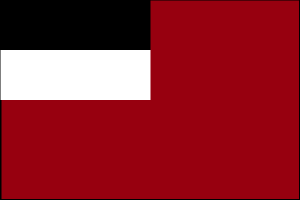
|
Georgia
Background:
Georgia was absorbed into the Russian Empire in the 19th century. Independent
for three years (1918-1921) following the Russian revolution, it was forcibly
incorporated into the USSR until the Soviet Union dissolved in 1991. Ethnic
separation in Abkhazia and South Ossetia, poor governance, and Russian military
bases deny the government effective control over the entirety of the state's
internationally recognized territory. Despite myriad problems, progress on
market reforms and democratization support the country's goal of greater
integration with Western political, economic and security institutions.
|

Climate and Terrain:
Climate: Warm and pleasant; Mediterranean-like on Black Sea coast.
Terrain: Largely mountainous with Great Caucasus Mountains in the north and
Lesser Caucasus Mountains in the south; Kolkhet'is Dablobi (Kolkhida Lowland)
opens to the Black Sea in the west; Mtkvari River Basin in the east; good soils
in river valley flood plains, foothills of Kolkhida Lowland.
|
|
|
Economy overview:
Georgia's main economic activities include the cultivation of agricultural
products such as citrus fruits, tea, hazelnuts, and grapes; mining of manganese
and copper; and output of a small industrial sector producing alcoholic and
nonalcoholic beverages, metals, machinery, and chemicals. The country imports
the bulk of its energy needs, including natural gas and oil products. Its only
sizable internal energy resource is hydropower.
GDP - composition by sector: Agriculture: 25%, industry: 20%, services: 55%.
|
|